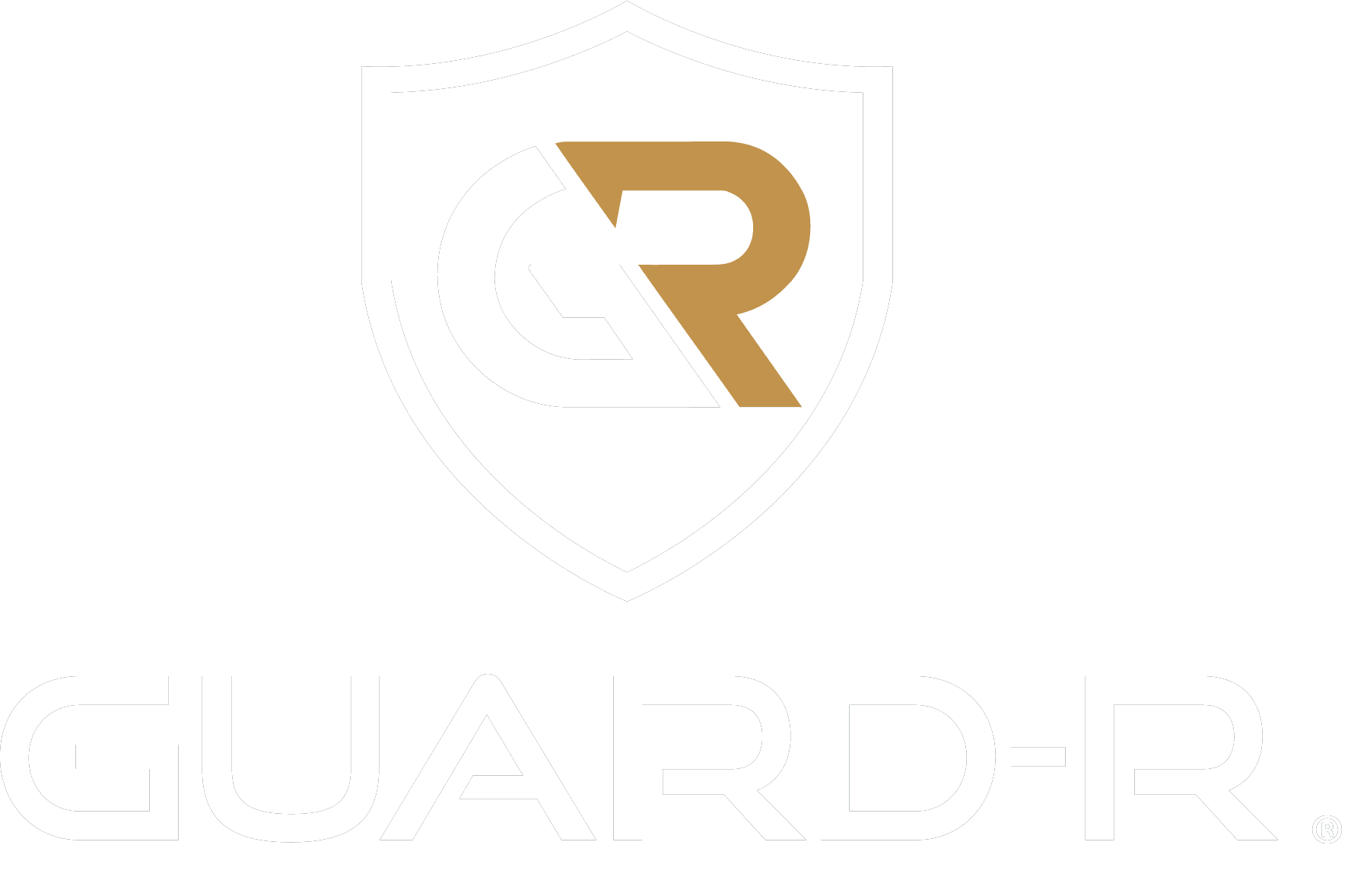When it comes to carpark safety, guardrails aren’t just a “nice to have” — they’re a critical part of protecting pedestrians, vehicles, and infrastructure. But here’s the issue: many carpark barrier installations in Australia are not compliant with current standards AS/NZS 1170.
If you’re a builder, architect, facility manager or developer, it pays to know the top compliance pitfalls — and how to avoid them.

1. Incorrect Guardrail Height
One of the most common issues is installing barriers at the wrong height. Australian Standards typically require barriers in carparks to meet specific height requirements — for both vehicle impact and pedestrian protection.
The risk: A guardrail that’s too low might not stop a reversing ute. Too high, and it may not meet the intent of the standard or be effective for smaller vehicles.
How to avoid:
Use engineered systems like Kwik-Guard®, which are designed to meet the correct height specifications from the outset and tested for performance in real-world scenarios.
2. Impact Force Requirements Not Met
Every guardrail must be able to resist a specific impact force based on its location — for instance, areas near ramps, walls, or pedestrian zones often require barriers that can withstand significant force (often 30kN, 40kN or more).
The risk: Installing a barrier that hasn’t been properly tested means it may fail on impact — with serious consequences for both people and property.
How to avoid:
Use crash-tested systems with independent engineering certification. Products like Kwik-Guard® have been rigorously tested to comply with AS/NZS 1170 loading requirements and real-world impact conditions.
3. Incorrect Installation (Spacing, Anchors, and More)

Even the best product fails if it’s not installed correctly. This includes:
- Post spacing too wide
- Incorrect bolts or anchors used
- Fixing to unsuitable substrates like lightweight concrete without engineering approval
The risk: These issues weaken the system and can lead to complete failure during a collision.
How to avoid:
Only use systems supplied with complete installation documentation including anchor bolt specifications, slab requirements, and spacing guides. Ensure installation is either done by certified installers or checked and signed off by a qualified engineer.
4. Missing Documentation or Certification
All too often, barriers are installed without proof of compliance, such as:
- Crash test reports
- Structural certifications
- Installation drawings
- Maintenance guidelines
The risk: When councils or building certifiers ask for evidence, you may find yourself replacing non-compliant systems at your own cost — or worse, dealing with liability issues in the event of an incident.
How to avoid:
Choose suppliers who can provide independent certification, crash test reports, and installation documentation upfront. This is your compliance insurance — and it saves you from expensive rework down the line.

Final Thoughts: Avoiding the Pitfalls
Carpark guardrail compliance is not something you can afford to get wrong. To ensure safety and avoid liability, you need systems that are:
✅ Crash-tested
✅ Engineered for compliance
✅ Independently certified
✅ Supplied with complete documentation
At Guard-R Group, we supply Kwik-Guard®, a fully compliant, crash-tested guardrail system designed specifically for Australian carpark and warehouse environments.
Want a Simple Way to Tick the Compliance Box?
Let us help you choose the right solution for your project.
Contact Guard-R Group today and ask about Kwik-Guard® — the guardrail system built to perform when it counts.
